当前位置:网站首页>基于 VIVADO 的 AM 调制解调(3)仿真验证
基于 VIVADO 的 AM 调制解调(3)仿真验证
2022-08-11 08:30:00 【chylinne】
一、概述
本文通过设计 Testbench 对 AM 调制解调模块进行功能验证,主要检查以下几点:
(1)各阶段波形是否正确输出。
(2)各信号幅值是否符合预期。
(3)调制深度是否接近预设值。
(4)解调波形能否高度还原调制信号。
(5)借助 MATLAB 检查仿真数据是否正常。
二、Testbench 代码
`timescale 1ns / 1ps
//
// Company: UESTC
// Engineer: chylinne
//
// Create Date: 2022/08/01 21:59:51
// Design Name: am
// Module Name: am_tb
// Project Name: am
// Target Devices:
// Tool Versions:
// Description:
//
// Dependencies:
//
// Revision:
// Revision 0.01 - File Created
// Additional Comments:
//
//
module am_tb();
/* System clock */
reg clk;
/* System reset */
reg rst_n;
/* Phase Increment Programmability
PINC = fout * 2^B / fclk
= 8MHz * 2^16 / 100 MHz
= 5243
*/
wire [15:0] pinc_carrier = 'd5243;
/* Phase Increment Programmability
PINC = fout * 2^B / fclk
= 8kHz * 2^24 / 100 MHz
= 1342
*/
wire [23:0] pinc_modulate = 'd1342; // clocks
/* Modulation Depth */
wire [3:0] depth = 'd9; // 0.9
wire [7:0] modulate_signal;
wire [7:0] carrier_signal;
wire [17:0] modulated_signal;
wire [7:0] demodulated_final;
reg [17:0] modulated_out;
reg [7:0] demodulated_out;
integer modulated_file, demodulated_file;
initial begin
clk <= 1'b0;
rst_n <= 1'b0;
modulated_file = $fopen("D:/FPGA/am/modulated_out.txt", "w");
demodulated_file = $fopen("D:/FPGA/am/demodulated_out.txt", "w");
#10
rst_n <= 1'b1;
end
// system clock is set to 100 MHz
always #5 clk = ~clk;
[email protected](posedge clk) begin
modulated_out <= modulated_signal;
demodulated_out <= demodulated_final;
end
[email protected](posedge clk) begin
$fwrite(modulated_file, "%d\n", $signed(modulated_out));
$fwrite(demodulated_file, "%d\n", demodulated_out);
end
am u_am(
.clk(clk),
.rst_n(rst_n),
.pinc_carrier(pinc_carrier),
.pinc_modulate(pinc_modulate),
.depth(depth),
.modulate_signal(modulate_signal),
.carrier_signal(carrier_signal),
.modulated_signal(modulated_signal),
.demodulated_final(demodulated_final)
);
endmodule三、测试结果
(1)总览
如下图所示,信号由上到下依次为:调制信号(8 kHz 正弦波)、载波信号(8 MHz 正弦波)、已调信号、解调信号。

(2)调制信号
最大值为 126,如下。
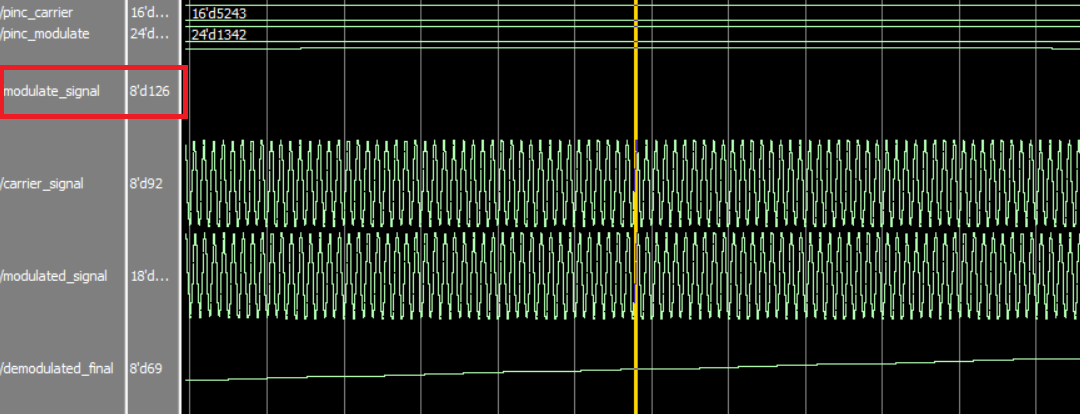
最小值为 -126,如下。

(3)载波信号
最大值为 126,如下。

最小值为 -126,如下。

(4)已调信号
在最大值处,幅值为 30240,如下。

在最小值处,幅值为 1612,如下。

因此,仿真结果所对应的调制深度为

误差为

四、MATLAB 验证
(1)验证代码
通过 MATLAB 分别读取 Testbench 生成的两个 .txt 文件(modulated_out.txt 和 demodulated_out.txt)来获取仿真的时域数据,并通过 fft 函数计算其频域数据。
clear;
file = fopen('modulated_out.txt');
content = textscan(file,'%s');
fclose(file);
data = content{1,1}(2:end,:);
X = str2num(char(data));
Fs = 100000000;%采样频率
dt = 1/Fs;%采样周期
L = length(X);%数据长度
t=0:dt:dt*(L-1);%时间
n = 2^nextpow2(L);%求得最接近数据长度的2^n
Y = 2*abs((fft(X,n))/n);%求频谱
subplot(2, 1, 1);
plot(t,X);
title('时域图');
xlabel('t');
ylabel('X');
set(gca,'XLim',[0 10^-3]);
subplot(2, 1, 2);
plot(Fs*(0:(n/2))/n,Y(1:n/2+1));
title('频谱图');
xlabel('f');
ylabel('|Y(f)|');
axis([7500000 8500000 0 15000]); % display modulated data
%axis([0 100000 0 150]); % display demodulated data(2)验证结果
调制结果:
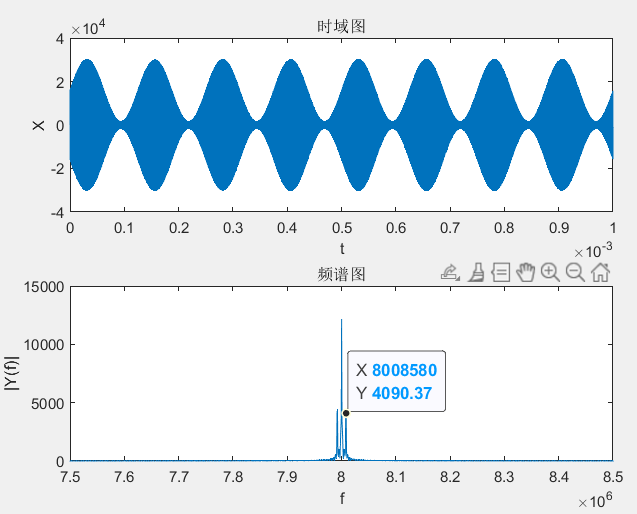
解调结果:

边栏推荐
- Alibaba Sentinel - Slot chain解析
- 轻量级网络(一):MobileNet V1,V2, V3系列
- 程序员是一碗青春饭吗?
- 流式结构化数据计算语言的进化与新选择
- Do you know the basic process and use case design method of interface testing?
- 查询跟踪快递单号物流,智能分析物流中转有延误的单号
- 如何通过开源数据库管理工具 DBeaver 连接 TDengine
- 分门别类输入输出,Go lang1.18入门精炼教程,由白丁入鸿儒,go lang基本数据类型和输入输出EP03
- 4.1ROS运行管理/launch文件
- 软件测试常用工具的用途及优缺点比较(详细)
猜你喜欢
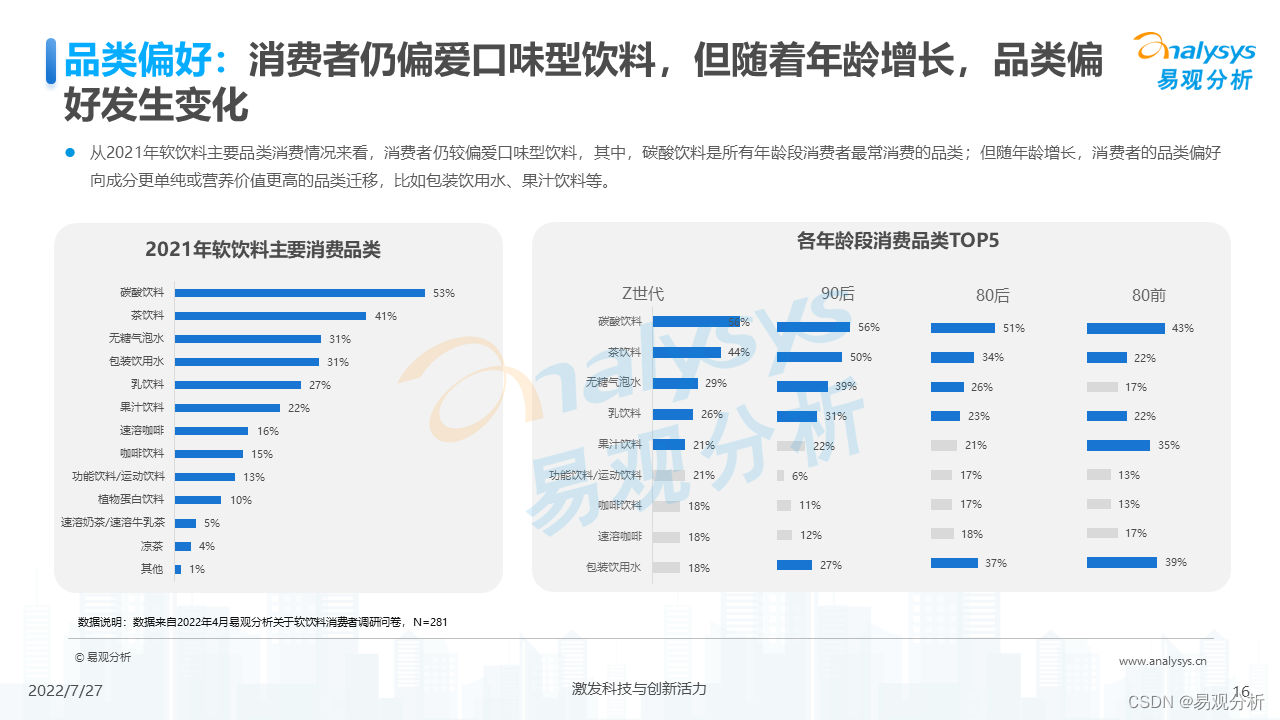
2022 China Soft Drink Market Insights
![ASP.NET Core 6框架揭秘实例演示[32]:错误页面的集中呈现方式](/img/c9/93ab353c4908adaaae0da2cc3b6a3c.png)
ASP.NET Core 6框架揭秘实例演示[32]:错误页面的集中呈现方式
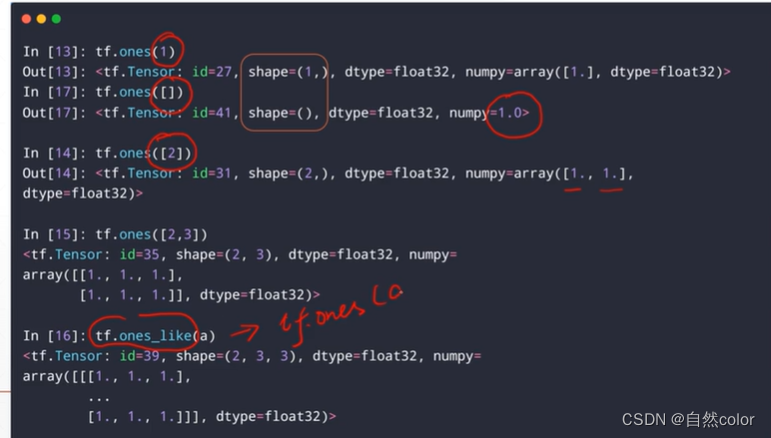
tensorflow 基础操作1(tensor 基本属性 , 维度变换,数学运算)
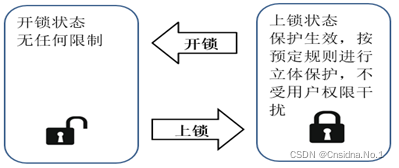
Analysis of the Status Quo of Enterprise Server Host Reinforcement
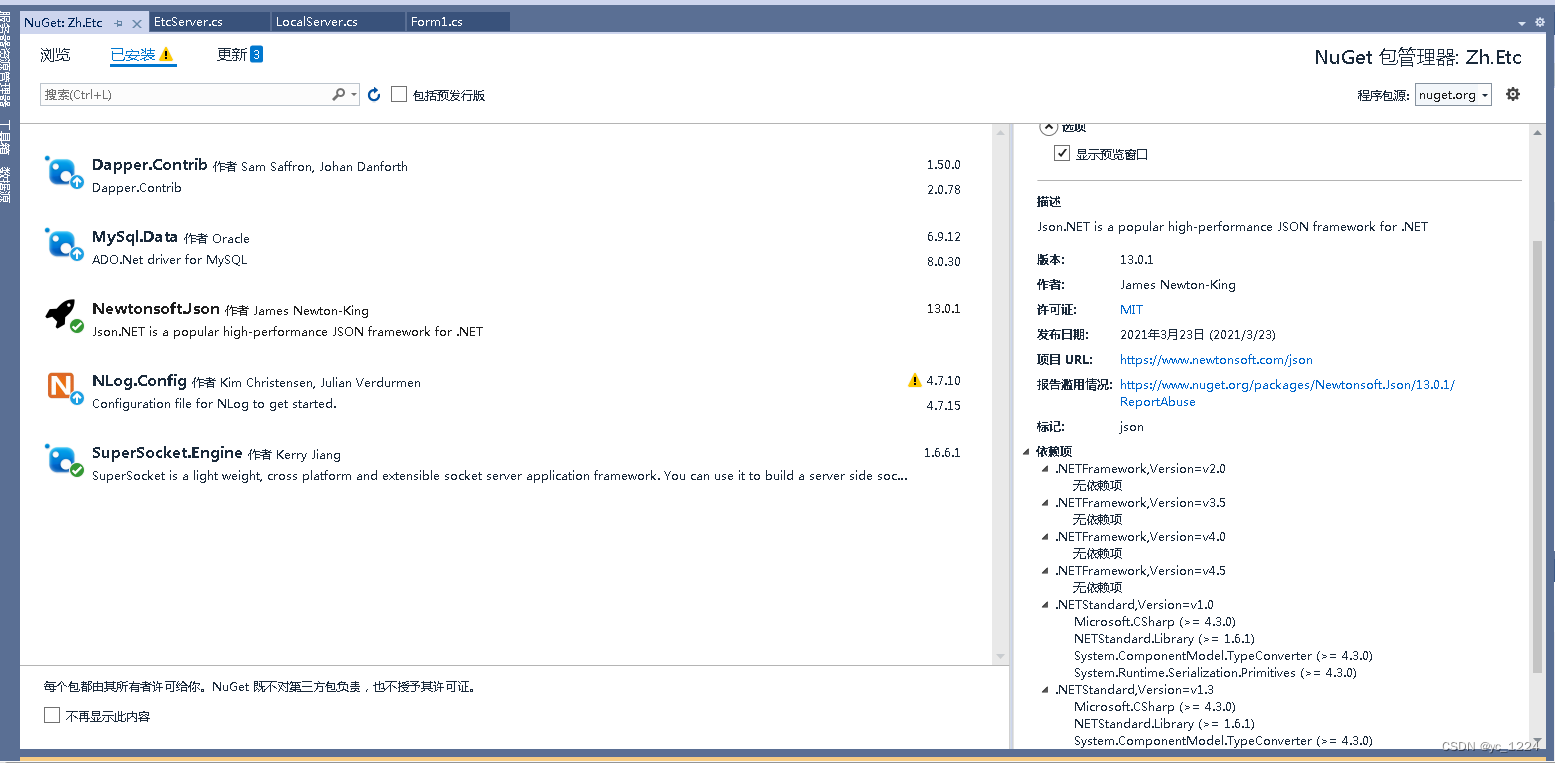
Nuget找不到包的问题处理
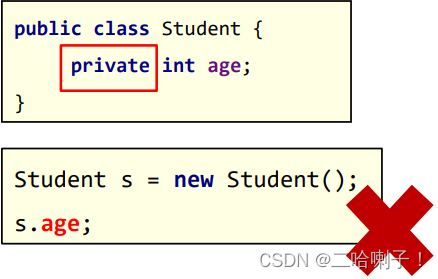
CSDN21天学习挑战赛——封装(06)
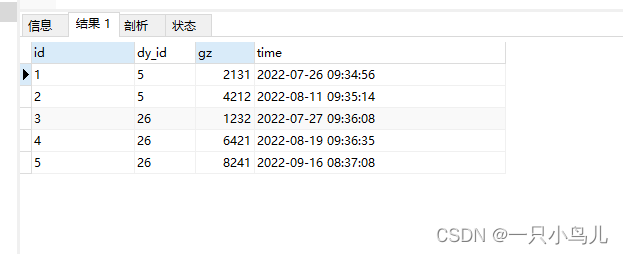
Find the latest staff salary and the last staff salary changes
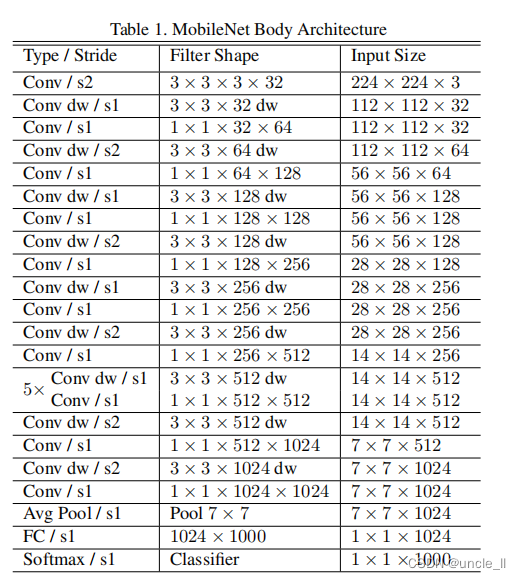
经典论文-MobileNet V1论文及实践

2022年值得关注的NFT发展趋势

9、Neural Sparse Voxel Fields
随机推荐
excel将数据按某一列值分组并绘制分组折线图
gRPC系列(四) 框架如何赋能分布式系统
dsu on tree(树上启发式合并)学习笔记
《剑指offer》题解——week3(持续更新)
万字长文带你了解多态的底层原理,这一篇就够了
零基础SQL教程: 主键、外键和索引 04
mysql数据查询因为查询的时间跨度过大导致cup爆满应该怎么办
【BM87 合并两个有序的数组】
One network cable to transfer files between two computers
The easiest trick to support quick renaming of various files
jenkins 流水线脚本详细解析Pipeline
2022 China Soft Drink Market Insights
2021-08-11 For loop combined with multi-threaded asynchronous query and collect results
go-grpc TSL authentication solution transport: authentication handshake failed: x509 certificate relies on ... ...
用 Antlr 重构脚本解释器
抽象类和接口
js将table生成excel文件并去除表格中的多余tr(js去除表格中空的tr标签)
麒麟V10系统打包Qt免安装包程序
RestTemplate工具类
pycharm中绘图,显示不了figure窗口的问题